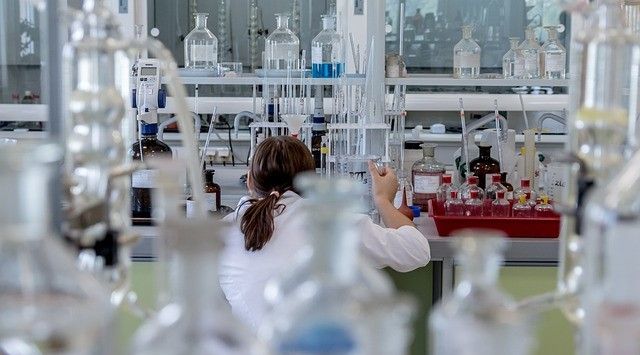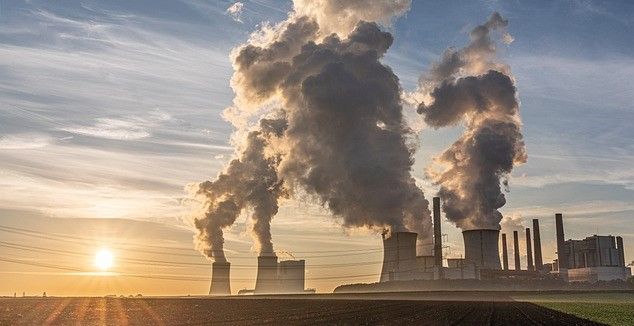The world has a limited amount of raw material and an excess of greenhouse gases, such as carbon dioxide.
Now, in a single discovery, a team of scientists might have helped to resolve both problems. It has done so by using nanotechnology to create a chemical process for using CO2 as a feedstock.
"We've broken a barrier in terms of improving difficult conversion processes and making them more efficient," says Yanet Rodriguez Herrero, a Ph.D. student at the University of Alberta who conducted the research.

CO2 emissions play a significant role in climate change. Yet CO2 could have great value as it has the potential to be converted into methanol. And methanol is already an extremely valuable chemical and industrial feedstock as it is used in a variety of ways across the chemicals sector for manufacturing everything from clothing to coatings, to adhesives, pharmaceuticals, and agricultural input products.
However, the conventional processes for converting CO2 into methanol have a major problem in the amount of water that they produced as a byproduct of the hydrogenation process. This water then deactivates the catalyst needed for the reaction to continue, making the process economically unattractive at an industrial scale.
Herrero has circumvented this problem by using nanotechnology to create a stable catalyst that repels water, allowing the process to continue even at low pressure and temperature. This significantly reduces the energy required making it cheaper and more environmentally sound.

The discovery has now been published in the journal ACS Applied Materials & Interfaces. Here Herrero reports how, “Even though syngas (CO + H2) hydrogenation to methanol is an established industrial process, when the same catalytic system based on Cu/ZnO/Al2O3 is employed with CO2, the water formed as a byproduct reduces the activity, stability, and selectivity of the process.” Noting that the solution may be in using, “… phenyl polyhedral oligomeric silsesquioxane (POSS) as a hydrophobic support of Cu/ZnO for direct CO2 hydrogenation to methanol.”
Given the benign conditions that the transformation operates under it is likely that upscaling to industry will be straightforward. This could result in CO2 becoming a feedstock for the production of countless industrial chemicals instead of an unwanted waste byproduct.
“The conversion of CO2 into various value-added products would be a more logical idea to reduce emissions, with huge benefits for the chemical industry,” says Herrero.
Additionally, the process will be of interest to other chemical researchers as a way to deactivate water from other catalytic chemical conversions. The discovery could therefore become widespread across the industry as a way to reduce costs and find value in a common waste product.

“It is difficult to find catalytic supports that are thermally stable and water repellent,” she adds. “In achieving that, our process could be very useful to manufacturing other products such as ammonia and catalytic converters.”
But most importantly of all, Herrero may have found not only a way to reduce the chemical industry’s carbon emissions, but a way to reduce the cost of so many raw material feedstocks by finding a valuable use for CO2.
If you would like to know more about this topic, read: Can CO2 Become the Ultimate Polymer Feedstock? or The New Economic Value of Sustainable Plastic Feedstock
Photo credit: Michal Jarmoluk from Pixabay, Kanenori, Catazul, & Malte Reimold